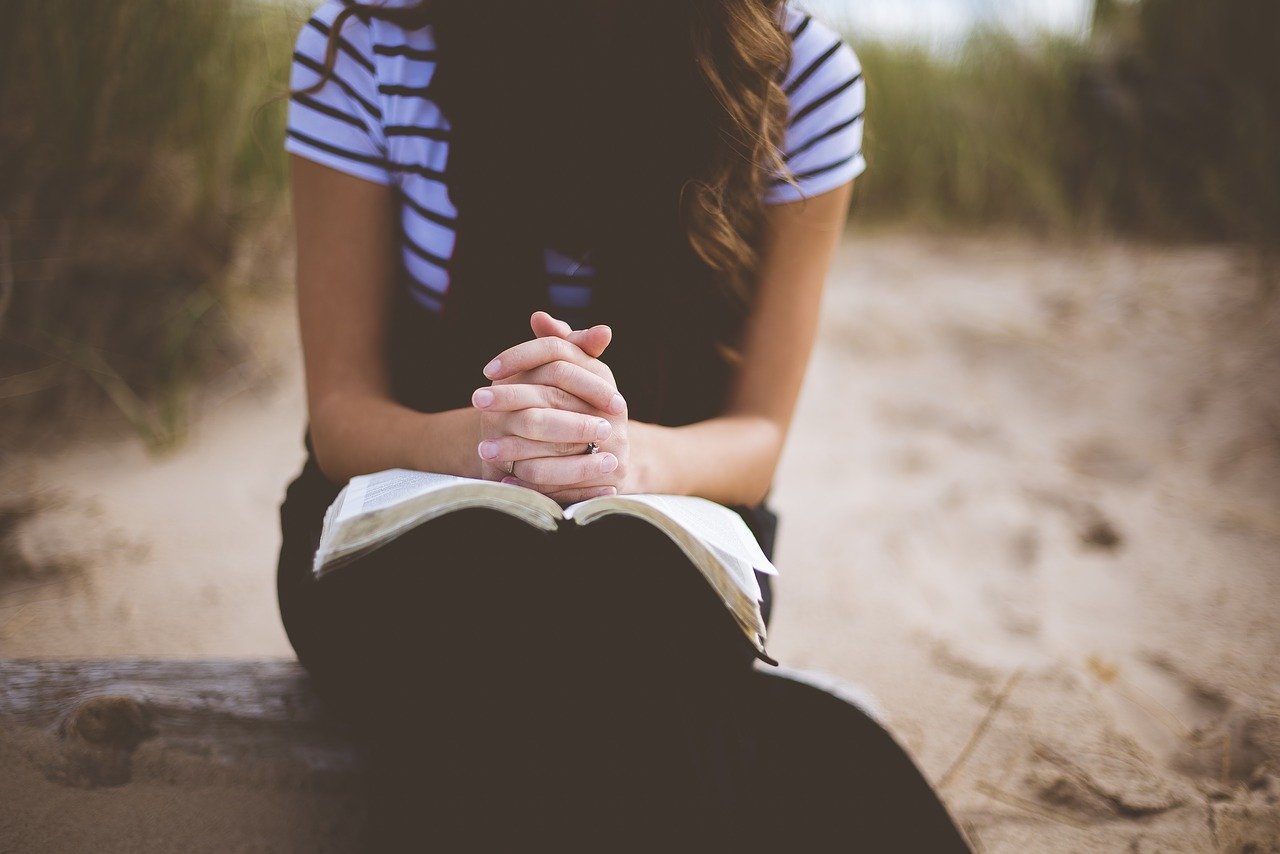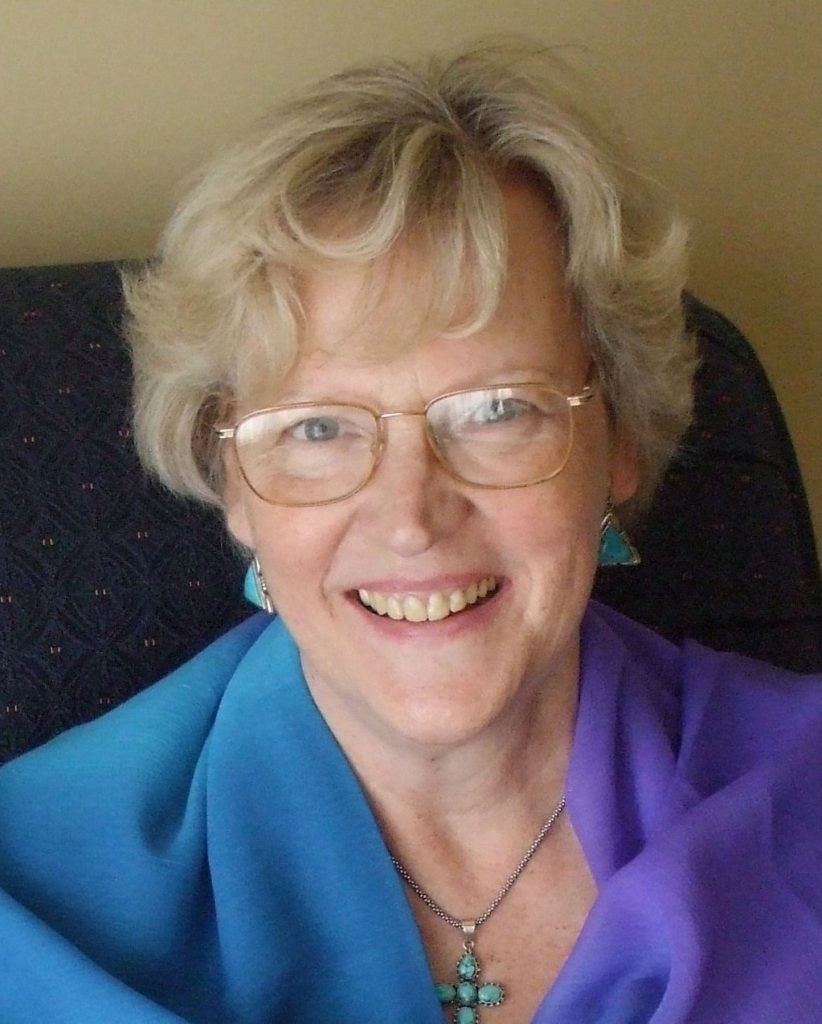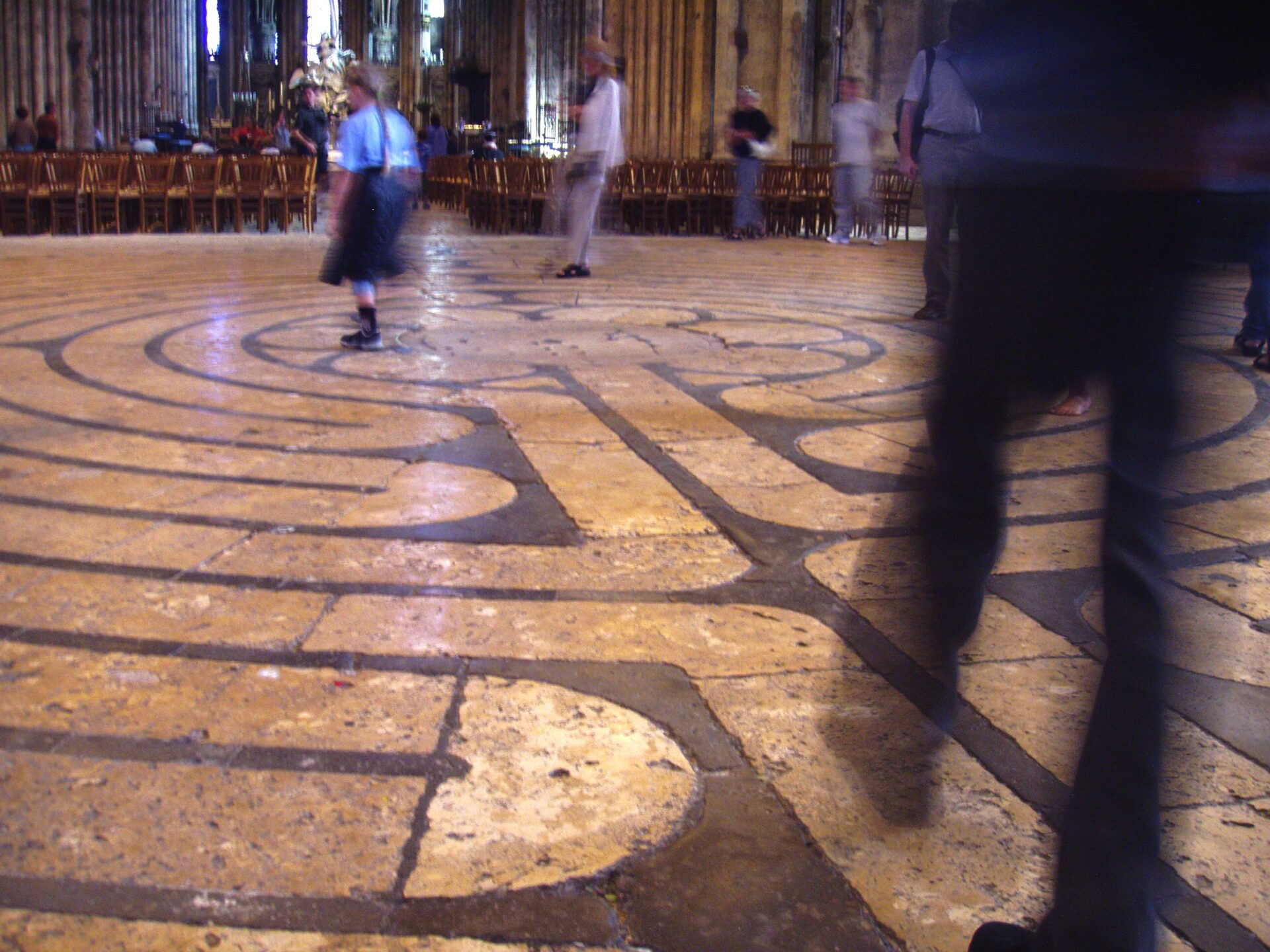“The typical desert monk dwelt in a hut of stones covered with branches from a nearby oasis. Inside was a reed mat for a bed, a jar of water, in which palm leaves were soaked for making mats and weaving ropes, a sheepskin for the cold of the night, a handful of dried peas or lentils….edible plants and ….peppers and capers.” (Derwas Chitty The Desert a City)
They lived in small groups, their cells often built around a common courtyard, so they were solitaries in community. In the courtyard they planted date palms and olive trees and in the surrounding area wheat to make bread. In growing their food, they did not just look after their own needs, but were open to the needs of others. Sr Benedicta Ward, a well-known scholar on the subject of the Desert Fathers and Mothers, observed that the desert hermits were responsible for substantial agricultural improvement in the desert that benefitted the life of the ordinary villagers around them. Abba Orr planted a marsh with trees; Abba Copres had a small grove of date palms in his hermitage garden; another planted wheat and distributed that amongst the nearby villagers. As you can see these hermits did not isolate themselves, caring only about their own spiritual progress. The fruits of their ‘pure’ prayer led them to look after the people and the environment around them.
Although they ate sparingly we hear many of the sayings urge moderation: “Our holy and most ascetic master stated that the monk should always live as if he were to die on the morrow, but at the same time he should treat his body as if he were to live on with many more years to come.” (Evagrius quoting Macarius)
To buy anything else that was needed, they earned their own living by weaving mats, ropes and baskets, by weaving flax and working in the fields as day labourers. These were communities of lay people, on the whole not dissimilar to the Christian Meditation groups all around the world. The emphasis of their life was on prayer and work; liturgy played a minor role. The influence of clergy came much later. They received their teaching and rule of life from the elder Abbas and Ammas, around whom they congregated. The Elders in fact resisted becoming either priests or bishops, which is not surprising given the background of the changes in the Church since Constantine.
The Abbas and Ammas were not only sought after by their fellow hermits and the aspiring ones but also by all from far and wide. Their life of prayer kept them open to the needs and concerns of others wherever they lived. Often they were asked to be arbiters and mediators in disputes, as their advice was seen to be objective. Some, like Evagrius, and Antony himself, would even go to Alexandria to defend Christianity and engage in disputations with pagan philosophers.
The most important guidance the aspiring hermits received was on prayer. During the day there were three set periods of prayer: third hour, sixth hour and ninth hour. (9.00 am, 12.00 pm and 3.00 pm respectively) and at night: “As for sleep at night, pray two hours beginning at evening, reckoning them from sunset on. And after you have praised God, sleep for six hours. Then arise for the night watch and spend the remaining four hours in prayer. In the summer do the same; with the hours curtailed and fewer psalms, though, because of the shortness of the nights.” (Abba Poimen)
This discipline of prayer and work – ora et labora – reminds us of the Rule of St Benedict, who was a great admirer of John Cassian’s Conferences. But fortunately for the Benedictine monks John Cassian had softened the teaching he had received in the desert by the time he wrote these down for the two monasteries he founded – one for men and one for women. I must say I am relieved that John Main in turn adapted the teaching of John Cassian to the lives of ordinary men and women of our time, only encouraging us to meditate twice a day – perhaps three times, when circumstances allowed – but left us to have an uninterrupted night!
Psalmody, the singing of the psalms, probably accompanied by music, was an important ingredient of their daily worship, whether in community, alone or at work. They knew them all by heart and recited most of them every 24 hours. No wonder we have the following saying: “Some elders came to see Abba Poemen to ask him, “If we see some brothers dozing in the congregation, do you want us to reprove them so that they stay awake?” he said to them, “For my part, when I see a brother dozing, I lay his head on my lap and let him rest.”
Despite the above saying they prayed on the whole standing up, facing east. They often made prostrations, especially after the singing of the psalms: “Stand up and pray and make a metanoia (prostration), while saying: ‘Son of God, have mercy on me.” (Abba Nau)
Scripture was very important to them; it was read aloud at weekly gatherings, called the ‘synaxis’. Total attention at these times was considered essential: “The Elder said: “Where were your thoughts, when we were saying the synaxis, that the word of the psalm escaped you? Don’t you know that you are standing in the presence of God and are speaking to God?” Not only did they have to know Scripture by heart, emphasis was laid on applying the lessons learnt to daily life: “Whatever you do, do it according to the testimony of the Holy Scripture.” (St Antony)
Even during work they would repeat their prayer phrase and after work when they were in their cells, they continued to engage in private prayer and interiorized Scripture by meditation – the solitary repetition of a passage from Scripture without reflection on meaning. In this oral culture this repetition was done aloud: “We heard him meditating.” Said Abba Amoun about Abba Achilles.
We too do not reflect on the meaning of our prayer word Maranatha during meditation – leaving thoughts behind – but say it silently faithfully in our mind.





